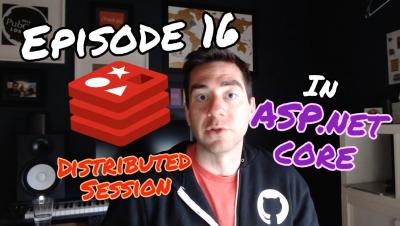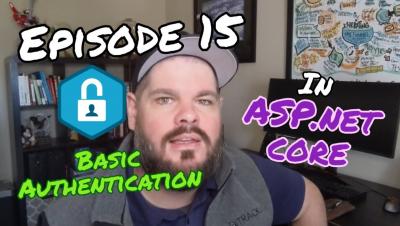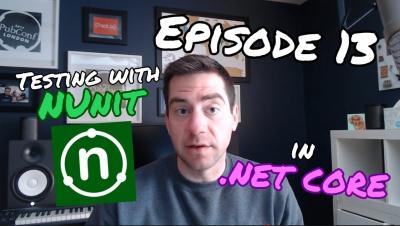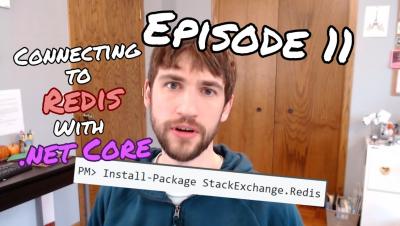Episode 17: User Sign Up and Simple Access Control
Request Metrics won’t be very successful if users can’t sign up! We recently completed cookie based user authentication and distributed session using Redis in ASP.NET Core but neglected initial sign up. Now we finally go back and write some boring forms and CRUD logic. A rich set of internal admin tools helps with customer support, system monitoring and visibility. We’ll start our suite of tools with a user admin page that lists all users in the system.










